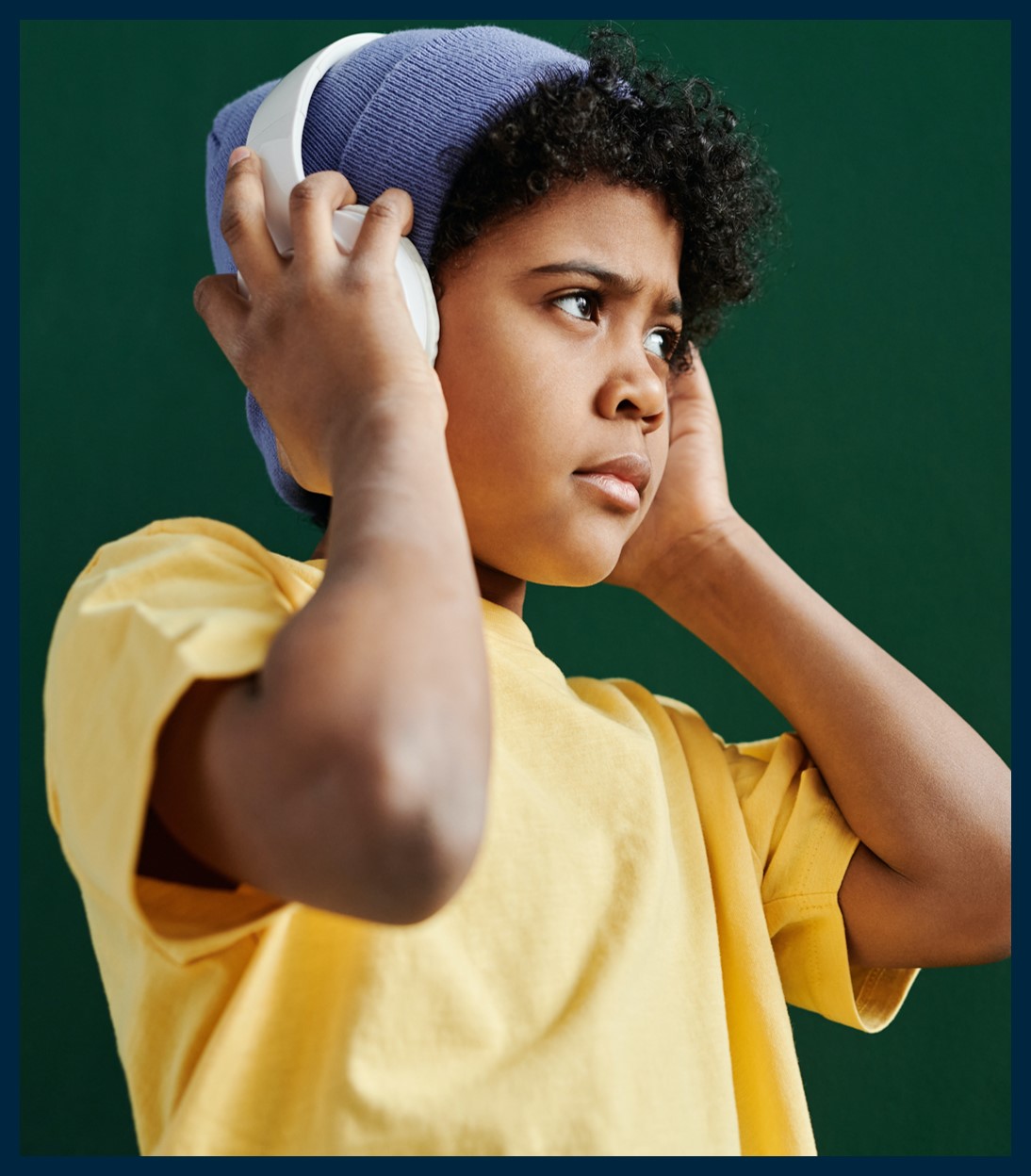

INSIGHT
Instinct
PROCESS
“Test drives”
How to learn science and maths through music?
Keywords: arts to STEM, music and science, arts as a way to communicate
Who?
Led by Herbie Hancock and the Herbie Hancock Institute of Jazz. Supported by the US Department of Education and UNESCO.
Designed by New York University Music Experience Design Lab.
With the contributions in the curricula development of experts affiliated with Harvard University, Massachusetts Institute of Technology (MIT), University of California Berkeley, University of Massachusetts, New York University, San Francisco State University and Johns Hopkins University.
What?
Visual strategies that allow to make visible the invisible.
This project aims to bring response to the need of encouraging students to acquire skills and knowledge in STEM subjects by applying creative thinking. A digital repository that provides free and interactive tools for learning mainly science and mathematics concepts through music-based methods. The initiative has developed play-based games, apps and video interfaces, as well as engaging curricula, developed by professionals from the academia and private sector specialised in scientific, technical, educational and musical disciplines.
While the content is primarily aimed at 4 to 8-year-old children, a stage considered crucial for acquiring this knowledge, other resources can be found both for elementary and higher education students, as well as curricula resources for teachers.
Why?
The aim of this project is to apply creative thinking to the learning of scientific and mathematical knowledge among students from elementary, middle and high schools. All concepts (arithmetic, geometry, logarithms, fractions, ratios, etc.) are approached through engaging ways using music-based methods (rhythm, scratches, grooves, beats, sound waves, etc.).
Results
To highlight a few tools: the EcoSonic (Ecology/Sound) Playground project, where children collect and then work with reusable materials to design, build and play large social musical instruments using STEAM-integrated curriculum materials to guide the process of making and playing, or Groove Pizza, a digital tool to create grooves using mathematical concepts such as shapes, angles and patterns.

Technology acts as an intermediary interface between musical, mathematical and scientific concepts through a set of interactive games, apps and video tutorials accessible for free and aimed both at students and teachers. All of them promote learning through play, experimentation, practical action and collaboration.
Sources
Hancock Institute of Jazz. 2021. Math Science and Music. [online] Available at: https://hancockinstitute.org/education-program/math-science-music/ [Accessed 25 March 2022].
MathMusicScience. 2016. MathScienceMusic. [online] Available at: https://mathsciencemusic.org/#/ [Accessed 25 March 2022].